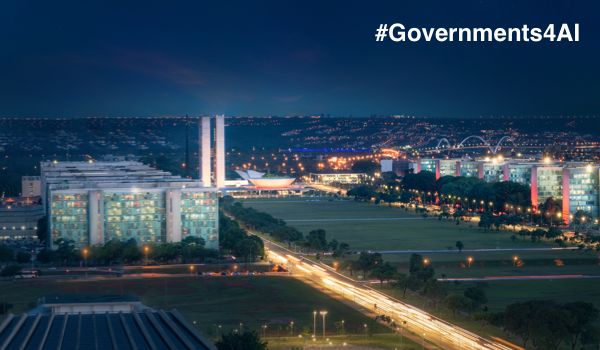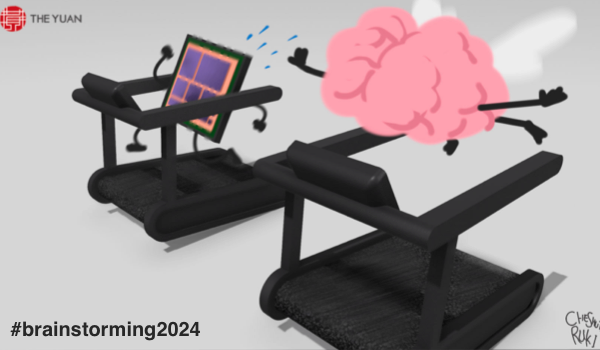


SAO PAULO - Artificial intelligence (AI) is rapidly advancing, transforming how people live, work, and interact with the world. As AI and related tech become more prevalent and sophisticated, concerns about their safety and ethical implications gain prominence. Central to steering the course of responsible AI development is the pivotal role government plays. This article explores the various measures that governmental bodies can implement to keep AI safe, striking a balance between innovation and ethics.
Regulatory frameworks, standards
Governments must set up comprehensive regulatory frameworks and standards to regulate the development, deployment, and use of AI systems. These frameworks should address issues such as transparency, accountability, and fairness. By setting clear guidelines, governments create a regulatory environment that encourages responsible AI development while simultaneously deterring unethical practices. Regulatory agencies must collaborate with industry experts, ethicists, and other stakeholders to ensure rules remain adaptive and effective in addressing emerging challenges - otherwise they will quickly become obsolete and cease to work as intended.
Transparency, explainability
One crucial aspect of AI safety is transparency and explainability, i.e., the ability to understand and interpret the decisions or predictions AI models make. These models cannot just function: They must do so in a way that is transparent and understandable to humans - especially to those who may be affected by or are responsible for their outcomes. Governments should therefore mandate that AI systems provide clear explanations of their decision-making, especially in sensitive, critical applications such as healthcare, finance, and criminal justice. T
The content herein is subject to copyright by The Yuan. All rights reserved. The content of the services is owned or licensed to The Yuan. Such content from The Yuan may be shared and reprinted but must clearly identify The Yuan as its original source. Content from a third-party copyright holder identified in the copyright notice contained in such third party’s content appearing in The Yuan must likewise be clearly labeled as such. Continue with Linkedin
Continue with Linkedin
 Continue with Google
Continue with Google










 841 views
841 views







